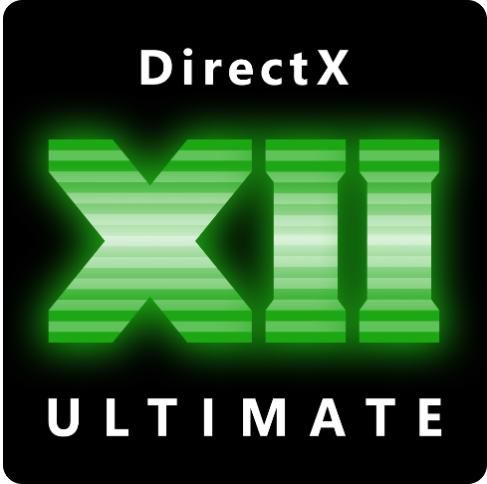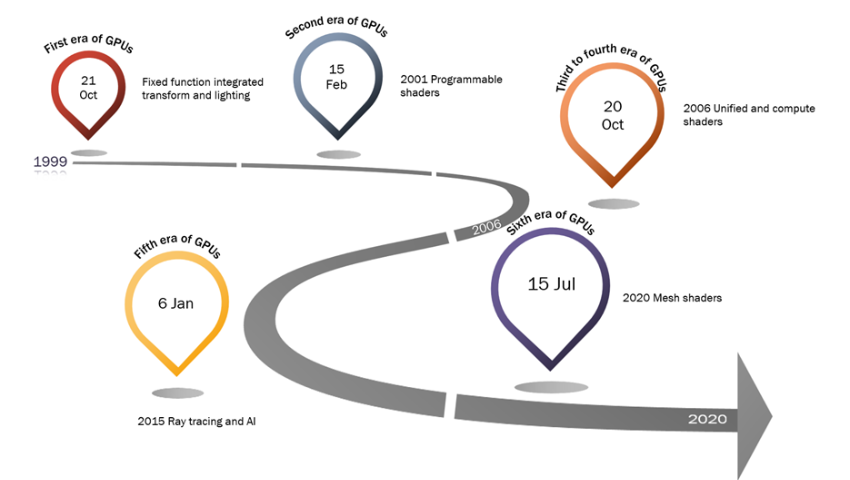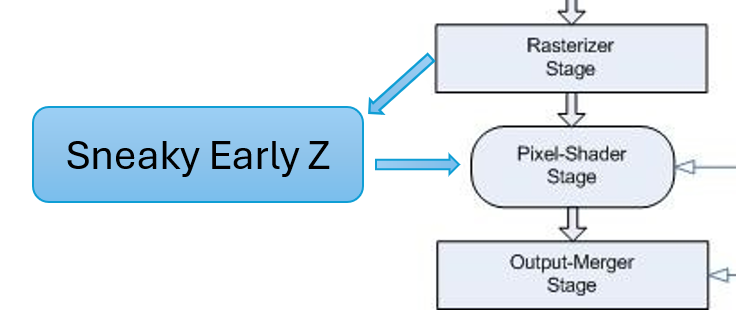DavidGraham
Veteran
NVIDIA just posted the complete research covering DLSS4 frame generaion, denoising and upscaling.
Interesting tidbits and numbers:
Interesting tidbits and numbers:
DLSS4 is designed extensively around FP8, and also around on chip memory on Ada and Blackwell.
In DLSS 3's Frame Generation, a single 4K frame could be generated (thus doubling the frame rate) in around 3.25ms on a GeForce RTX 4090. In contrast DLSS 4's Multi Frame Generation, each of the three new frames (a quadrupling of the frame rate) can be generated in around 1ms on average on a GeForce RTX 5090 at the time of launch.
One might think it is trivial to simply render UI at higher frame rates to completely solve UI interpolation, but there are many cases where UI can be attached and move along with world space objects, such as names floating on top of NPCs or bullet meters on guns. Rendering these at higher frame rates would require ticking the simulation logic on the CPU at the same rate, adding significant computational overhead and necessitating deeper engine integration. This approach often exacerbates CPU-bound scenarios rather than alleviating them. Therefore, designing the AI network to interpolate UI robustly becomes a critical component in ensuring smooth and visually coherent experiences in real-time applications.
Last edited:




